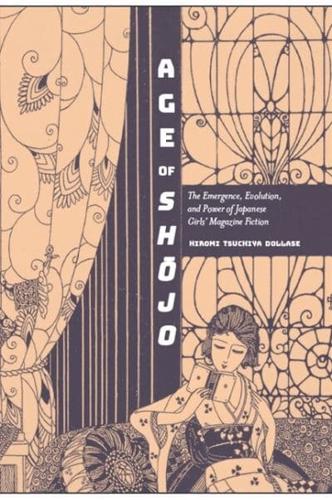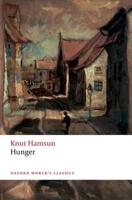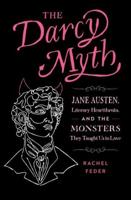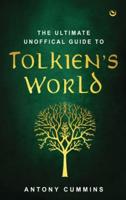Publisher's Synopsis
Hiromi Tsuchiya Dollase examines the role that magazines have played in the creation and development of the concept of shojo, the modern cultural identity of adolescent Japanese girls. Cloaking their ideas in the pages of girls' magazines, writers could effectively express their desires for freedom from and resistance against oppressive cultural conventions, and their shojo characters' "immature" qualities and social marginality gave them the power to express their thoughts without worrying about the reaction of authorities. Dollase details the transformation of Japanese girls' fiction from the 1900s to the 1980s by discussing the adaptation of Western stories, including Louisa May Alcott's Little Women, in the Meiji period; the emergence of young female writers in the 1910s and the flourishing girls' fiction era of the 1920s and 1930s; the changes wrought by state interference during the war; and the new era of empowered postwar fiction. The book highlights seminal author Yoshiya Nobuko's dreamy fantasies and Kitagawa Chiyo's social realism, Morita Tama's autobiographical feminism, the contributions of Nobel Prize-winning author Kawabata Yasunari, and the humorous modern fiction of Himuro Saeko and Tanabe Seiko. Using girls' perspectives, these authors addressed social topics such as education, same-sex love, feminism, and socialism. The age of shojo, which began at the turn of the twentieth century, continues to nurture new generations of writers and entice audiences beyond age, gender, and nationality.












